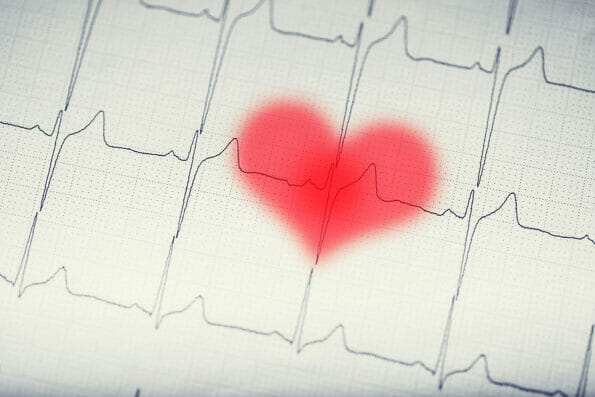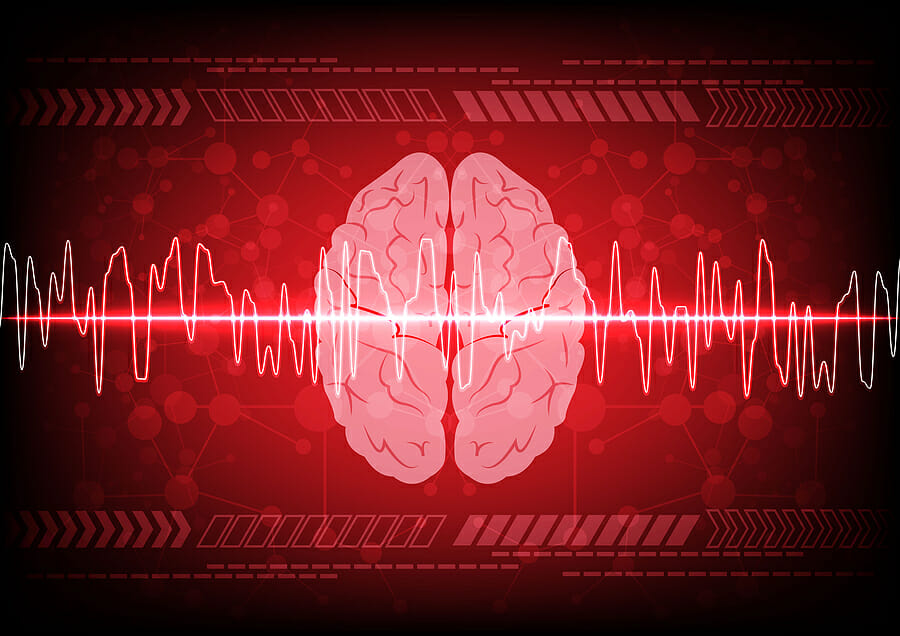Electrocardiogram (ECG) and electroencephalogram (EEG) are separate tests measuring electrical activity in two locations. From their names alone, you will already have an idea of where the procedures take place. ECG measures electrical activity in the heart (cardio), while EEG measures electrical activity in the brain (encephalon).
ECG shows the timing of the contractions in the different heart chambers so the doctor can determine whether you have a normal or irregular heartbeat. With an ECG, the doctor can also tell whether your heart is overworked. On the other hand, an EEG can help a surgeon detect abnormal brain impulses.
Seer Medical’s ecg-eeg test is a painless procedure. In addition, they are not dangerous to your health as well. While both procedures measure the amount of electrical activity in your body, they do not send electrical activity into your body. Keep reading to learn more about the ECG-EEG test.
How is an ECG done?
In an electrocardiogram, sensors attached to the skin monitor electric signals your heart produces whenever it beats. An ECG machine records the signals, and the doctor monitors them to see if something is irregular.
It can be carried out by a specially trained healthcare professional at a hospital, clinic, or general practitioner. Also, it is worth noting that it is not the same as an echocardiogram, which is a heart scan.
ECG Procedure
An ECG uses small and sticky sensors known as electrodes attached to your chest, arms, and legs. You don’t need to make any special preparations when undergoing an ECG. Also, you can do your normal activities like drinking and eating. In an ECG, you may need to remove your upper garments. In addition, your chest also needs to be shaved or cleaned.
An ECG lasts only minutes, so you can go home or return to your hospital room if you’re confined.
A doctor may request an ECG to test for the following:
- Arrhythmia
- Effectiveness of heart disease treatments like pacemakers
- Blocked or narrowed arteries in the heart
- History of heart attack
In addition, an ECG may also test for the following symptoms:
- Chest pains
- Rapid pulse
- Shortness of breath
- Dizziness
- Heart palpitations
- Weaknesses, fatigue, or decline in the ability to exercise
Types of ECG
There are usually 3 types of ECG, resting, exercise or stress, and ambulatory.
For a resting ECG, you lay down comfortably while the test is done. Meanwhile, a stress or exercise ECG is conducted while on a treadmill or exercise bicycle. Finally, an ambulatory ECG uses a small portable device worn at the waist for further monitoring at home for more than 1 day.
If the symptoms of the diagnosed condition persist, a standard ECG recording may not be enough. In this case, the healthcare provider may require remote or continuous ECG recording.
The patient may need to wear wearable devices for continuous monitoring. There are usually two types of wearable devices:
- Holter Monitor. This device continuously performs ECG recordings for 24 – 48 hours.
- Event Monitor. This wearable device can only do ECG recordings for certain times for only a few minutes. You push a button when you feel symptoms.
How is an EEG done?
An EEG can find patterns in brain functioning that can help with diagnosing disorders of the brain, such as epilepsy or other seizure disorders. An electroencephalogram also helps in the diagnosis or treatment of the following:
- Brain tumors
- Sleep disorders
- Stroke
- Brain damage resulting from injuries to the head
- Abnormalities in the brain due to various causes
- Inflammation of the brain
- Creutzfeldt-Jakob disease
EEG Procedure
An EEG can confirm if a patient is already brain dead due to persistent coma. Continuous EEG can help doctors determine the appropriate amount of anesthesia for patients in a medically induced coma.
During the procedure, you can expect the following:
- A technician will measure your head and marks your scalp using a special pencil for electrode attachment. For quality recording, the technician might apply a gritty cream on the marked spot.
- After measuring, the technician places the electrodes on your scalp with a special adhesive. In some cases, an electrode-fitted elastic cap fitted is used. Just like in an ECG, the electrodes are connected to a machine that will amplify the brain waves and record them on the ECG machine.
The procedure takes between 20 and 40 minutes. For certain conditions, you may be required to sleep while the testing is being done.
- During the procedure, You will be asked to relax as comfortably as you can with your eyes closed. Sometimes, the technician might ask you to open and close your eyes. In addition, you may be asked to make a few simple calculations, do paragraph reading, and perform other activities.
- During the test, there will be routine video recordings. The video will capture body movements, and the EEG machine will record your brain waves. This will be useful to your doctor in diagnosing and treating your condition.
After the test, you should be able to feel no side effects and may resume your normal routine. But if you were sedated, it may take some time before the effects of the medication will wear off. Have someone drive you home. Rest for the whole day.

Interpreting the Results
The technician who performed the EEG will perform a recording interpretation and send the results to the requesting doctor. An appointment with the doctor may be needed to discuss the results. It is best to have a member of your family or friend accompany you to the appointment so you can remember the given information.
EEG results look like a series of wavy lines that will vary depending on whether you were awake or in sedatives during the procedure. However, there is a normal pattern for each state. If there are interruptions in the normal pattern of brain waves, this indicates that you may have epilepsy or other brain disorders.
Having a normal ECG pattern does not mean you have no epilepsy. Your doctor may require another test to confirm their diagnosis.
Conclusion
ECG and EEG are both safe and painless. It is best that you advise the doctor about any medical condition you have, as this will affect the test results.
References:
https://www.nhs.uk/conditions/electrocardiogram/
https://www.sensortips.com/featured/what-is-the-difference-between-an-ecg-eeg-emg-and-eog/
https://www.webmd.com/epilepsy/guide/electroencephalogram-eeg
https://www.mayoclinic.org/tests-procedures/ekg/about/pac-20384983
https://www.goodrx.com/health-topic/heart/doctor-decoded-ecg-vs-eeg
https://www.mayoclinic.org/tests-procedures/eeg/about/pac-20393875
Image Source: BigStockPhoto.com (Licensed)
Related Categories: Health, Reviews








